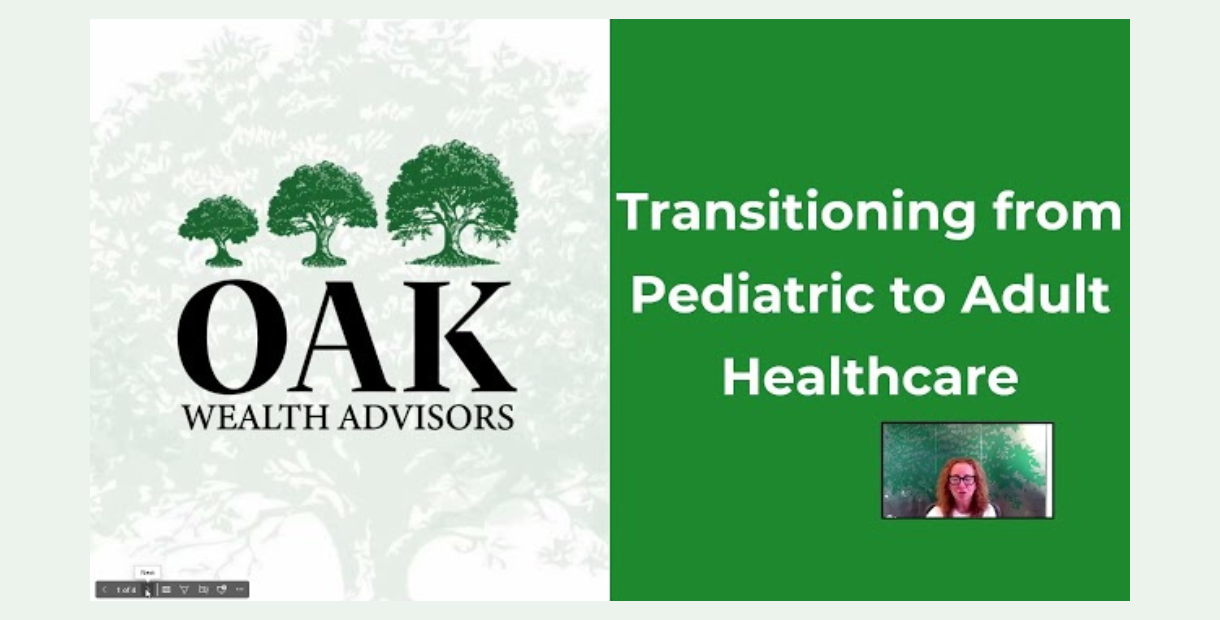![]() Congress has done little since the passing of the Americans with Disabilities Act of 1990 to improve the lives of those with disabilities. With the one exception being the Affordable Care Act of 2010, which was not directed at the special needs community, it is difficult to find other legislation that specifically benefits this group. Now we have the 2014 Stephen Beck Jr. Achieving a Better Life Experience (ABLE) Act.
Congress has done little since the passing of the Americans with Disabilities Act of 1990 to improve the lives of those with disabilities. With the one exception being the Affordable Care Act of 2010, which was not directed at the special needs community, it is difficult to find other legislation that specifically benefits this group. Now we have the 2014 Stephen Beck Jr. Achieving a Better Life Experience (ABLE) Act.
This article highlights what the Act is, what it isn’t, and who stands to benefit from its existence. First, it is important to acknowledge that the Act will have very little impact on an individual with special needs achieving a better life experience. The Act’s title was crafted to provide an acronym that was hoped would assist in its marketing. However, it has taken almost a decade since the bill was first introduced in Congress in 2006 to get the bill passed into law despite large bi-partisan support and broad support from the special needs community.
The ABLE Act authorizes the creation of a new type of tax-free savings account that uniquely benefits the special needs community. As long as the account is used to pay for approved special needs goods and services, both the growth of the account and the withdrawal of the money from the account are tax-free. The best way to understand how the new account will work is to compare ABLE accounts to 529 College Savings Plans which were written into the IRS Tax Code in 1996. Both the ABLE accounts and 529 Plans allow for the tax-free growth of deposits and the tax-free distribution of funds from the account as long as they are applied to approved expenses.
Another similarity is that they both have specific limits as to how much can be contributed in a single year and how much can be accumulated in the account. Like 529 Plans, ABLE accounts will be administered at the state level which allows for some differentiation in the application of the rules but makes sense given that the states also control the administration of Medicaid and other government benefit programs. Therefore, the timing for the availability of ABLE accounts will vary from state to state in 2015. It is expected that all states will offer the accounts.
The basic ABLE account guidelines are as follows:
- A limit of one ABLE account per individual
- Eligible individuals must have received their disability diagnosis prior to turning age 26
- $14,000 annual maximum contribution limit
- Tax-free growth of investments
- Tax-free distributions for qualified disability expenses
- Qualified disability expenses include: education, housing, transportation, employment support, health and wellness, assistive technologies, and miscellaneous expenses including legal fees, funeral and burial expenses, and financial management and administrative fees
- Distributions must be reported
- Investments within ABLE accounts can be adjusted no more than twice per year
- Account balances over $100,000 will result in forfeiture of Supplemental Security Income (SSI) benefits until the account drops back below the threshold
- Medicaid benefits will not be impacted regardless of the size of the account
- State Medicaid payback provisions are identical to those in place for self-settled supplemental needs trusts and pooled trusts
- Rollovers to other ABLE accounts or 529 Plan accounts (rollover may be taxable if made to a 529 Plan)
- Contributions are protected from bankruptcy of parent or grandparent (if made 365 days prior to bankruptcy filing)
While the Act is not a panacea for saving for the costs associated with raising a child with special needs, it gives families another weapon for battling the challenges they face.
The big winners from the ABLE Act are families with a young child with a developmental disability diagnosis. The new ABLE accounts will be easy to open, have low operating costs, provide for tax-free investing, and allow for savings to accumulate while the family gets a better handle on what future expenses lay ahead. Also, families for whom there will likely never be a large amount of money available for their child with special needs now have an affordable way to protect whatever assets are available for the child’s benefit.
The negatives associated with the ABLE Act are the limitations on the accounts. There is less flexibility in how the accounts are used than there is with supplemental needs trusts (SNTs).
SNTs allow for unlimited funding and unlimited balances. Third-party SNTs can be passed to other beneficiaries without any requirement to reimburse the government for services received. While SNTs do not benefit from the tax-free growth and tax-free distributions permitted from ABLE accounts, well-managed trusts can keep the income tax impact to a minimum. Also, adults who are given a diagnosis after age 26 are ineligible to use an ABLE account but can open a SNT.
While some advocates in the special needs community have spoken out against the ABLE Act, we believe the special needs community needs to embrace the opportunity created by the Act and continue to work to enhance the features of the ABLE accounts. The ABLE Act represents progress in Washington, D.C. for the special needs community and provides another planning tool for families working to provide the best futures for their loved ones with special needs.
This update is intended for the use of Oak Wealth Advisors LLC clients. This update should not be viewed as personalized investment or financial planning advice from Oak Wealth Advisors LLC. To the extent that a reader has any questions regarding the applicability of any specific issue discussed above to their individual situation, they are encouraged to consult Oak Wealth Advisors LLC. Past performance does not guarantee future results and all investments should be scrutinized before being implemented in a portfolio.
The post Welcoming the ABLE Act appeared first on Oak Wealth Advisors, LLC.





